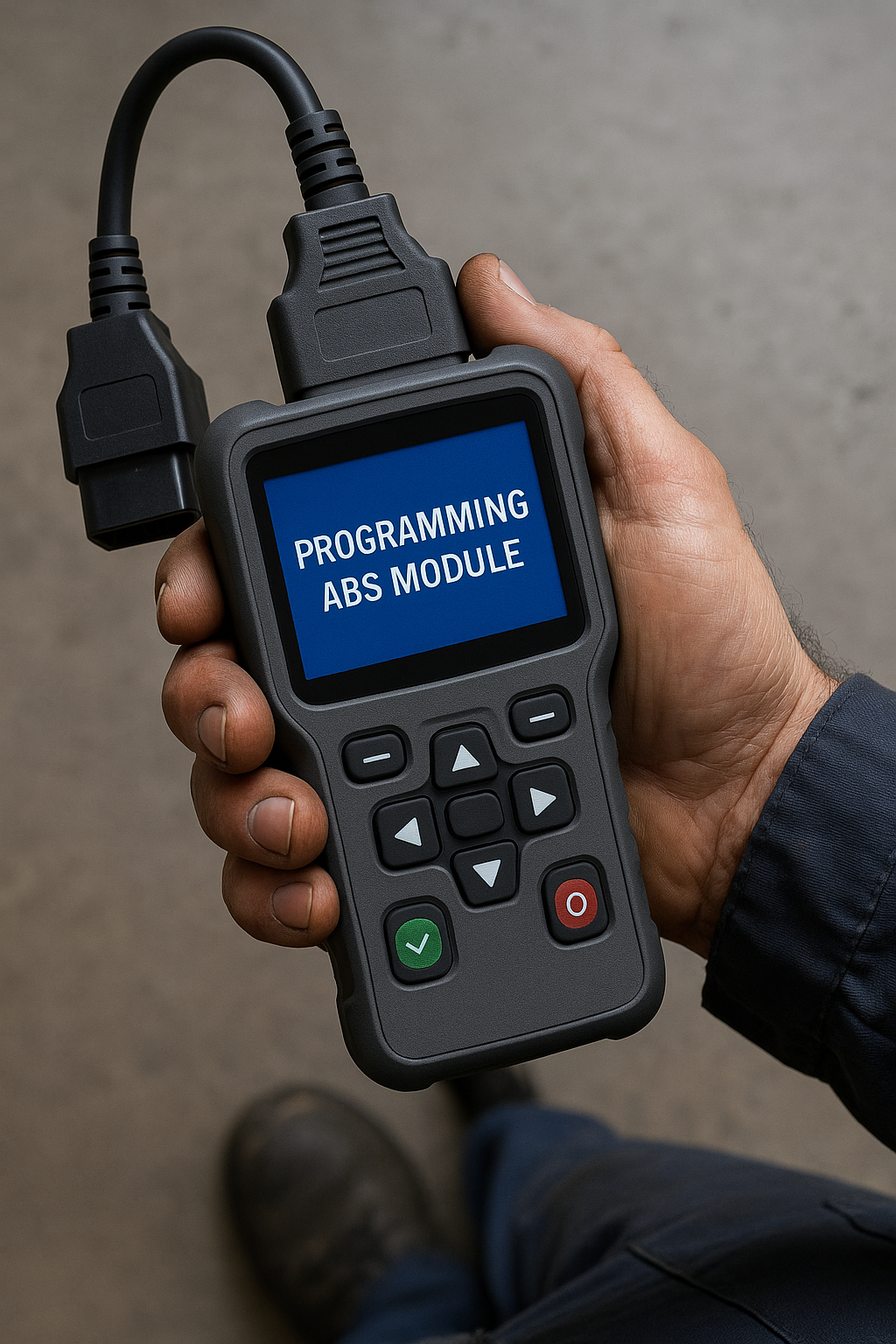How to Avoid Damaging or Stripping the Threads When Installing an ABS Module and Pump Assembly
Installing an ABS module and pump assembly is a process that requires precision and care. If you don’t take the proper steps, you risk damaging or stripping the threads on the mounting bolts, which can lead to costly repairs. In this blog post, we’ll walk you through how to avoid damaging the threads when installing your ABS module and pump assembly, ensuring a secure and smooth installation every time.
Why Thread Damage Matters
Before diving into the steps, let’s understand why it’s so important to protect the threads on your ABS module and pump assembly. The threads on the module’s mounting bolts are responsible for holding the assembly securely in place. If these threads get damaged or stripped, it could result in:
- Loose mounting: This can affect the performance of your ABS system, leading to unreliable braking performance.
- Difficulty with reinstallation: If you need to replace or remove the module later, stripped threads could make this difficult or even impossible.
- Potential safety hazards: A loosely mounted ABS module can cause instability in your braking system, which is crucial for vehicle safety.
Now that we know the importance of keeping the threads in good shape, let’s dive into the steps that will help you avoid damage during installation.
1. Use the Correct Tools
The first step to preventing damage is to use the correct tools for the job. When installing an Anti-lock brake part assembly, it’s crucial to have the right size socket and torque wrench for the job. A socket that’s too large or too small can slip or damage the threads, so make sure you're using the size recommended in your vehicle’s service manual.
2. Inspect and Clean the Threads
Before installation, take a few minutes to inspect both the threads on the ABS module and the receiving threads in the vehicle. Dirt, rust, or old debris can interfere with a clean, secure installation. Use a wire brush, thread cleaner, or compressed air to clean any contaminants from the threads. This ensures that there’s nothing to obstruct a proper fit and will help reduce friction when tightening the bolts.
3. Apply Thread Lubricant or Anti-Seize Compound
A small amount of thread lubricant or anti-seize compound can go a long way in preventing friction and ensuring a smooth installation. This is particularly important in areas where corrosion or rust is common. Be careful not to over-apply the lubricant, as it can attract dirt or cause the bolts to become too slippery to tighten properly.
When applying the lubricant, focus on the threads themselves and avoid getting any on the module’s surface or other components.
4. Align the Module Correctly
One of the easiest ways to strip threads is by applying uneven pressure to the bolts during installation. Before you begin tightening the mounting bolts, make sure the ABS module and pump assembly are aligned correctly with the mounting holes. This will prevent the bolts from entering at an angle, which can damage the threads.
Gently lower the module into place, making sure it sits flat and level. If necessary, use a light tapping with a soft mallet to ensure proper alignment.
5. Hand-Tighten the Bolts First
Once the ABS module is aligned, begin by hand-tightening the bolts. This is important because it allows you to feel if the bolt is threading correctly. If the bolt meets resistance immediately or feels off-center, stop and check the alignment. Trying to force the bolt into place could cause damage to the threads.
By hand-tightening first, you’ll also ensure that you’re not cross-threading the bolt, which is a major cause of stripped threads.
6. Tighten with a Torque Wrench
After hand-tightening the bolts, it’s time to use a torque wrench to tighten them to the correct specifications. Over-tightening can damage the threads, while under-tightening can leave the module loose. Always refer to the vehicle’s service manual for the specific torque settings for your ABS module and pump assembly.
Be sure to tighten the bolts evenly, alternating between them to ensure an even distribution of pressure. Tighten each bolt in small increments, checking regularly with the torque wrench to avoid overtightening.
7. Double-Check the Tightness
Once you’ve finished tightening the bolts, go over them once more with your torque wrench to make sure everything is secure. Sometimes, bolts can loosen slightly as you work, so it's important to double-check. However, don’t continue tightening if the torque specifications are already met—this can damage the threads and even cause the module to crack.
8. Avoid Using Impact Wrenches
While impact wrenches are convenient, they are not the best tool for installing an ABS module and pump assembly. The sudden bursts of torque can easily strip or damage threads. Always use a manual torque wrench for the final tightening phase to ensure you have full control over the force applied.
Conclusion
Installing an ABS unit doesn’t have to be a difficult or risky job, as long as you follow the proper steps to protect the threads. By using the correct tools, applying thread lubricant, ensuring proper alignment, and tightening with care, you can avoid damaging or stripping the threads, ensuring a secure and reliable installation. At CarPartSource, we are here to provide the right parts for your vehicle and the best tips for a successful installation. Happy repairing!
If you have any questions or need advice, don’t hesitate to reach out to us.



